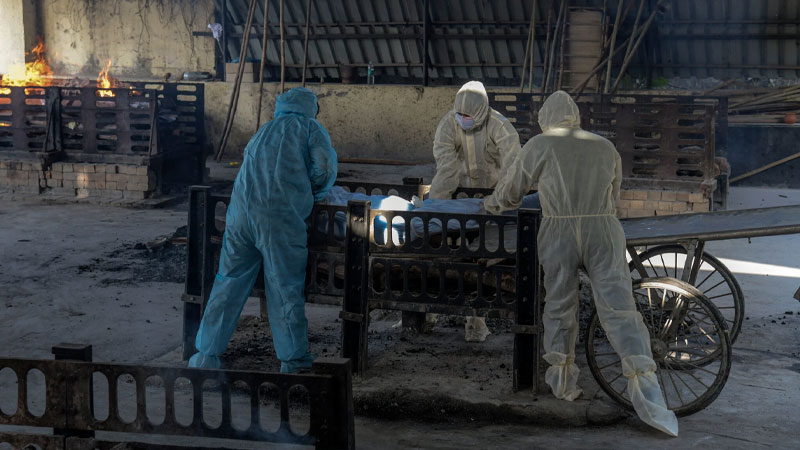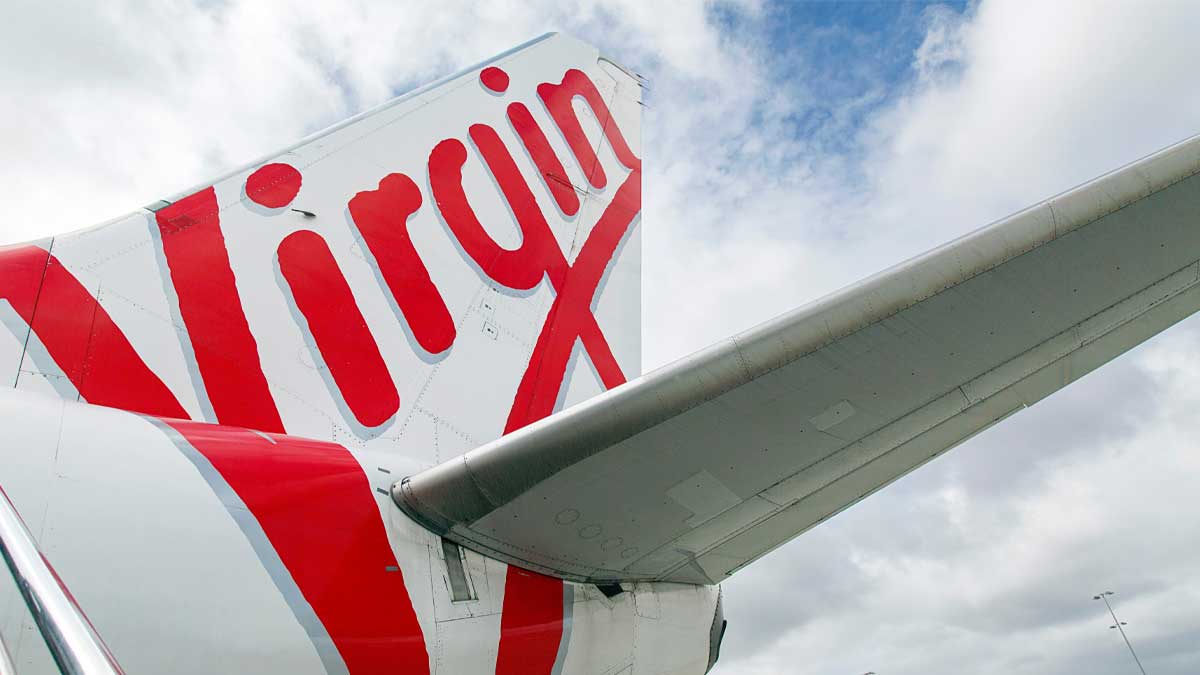
India’s rapidly worsening coronavirus outbreak is now expanding on a scale beyond any previously measured in more than a year of the pandemic: The health ministry reported more than 310,000 new infections on Thursday, the most recorded in any country on a single day.
India’s total eclipsed the previous one-day high of 300,669 recorded coronavirus cases, set in the United States on Jan. 8, according to a New York Times database, though differences in testing levels from country to country, and a widespread lack of tests early in the pandemic, make comparisons difficult.
Over the past two months, the outbreak in India has exploded, with reports of superspreader gatherings, oxygen shortages and ambulances lined up outside hospitals because there were no ventilators for new patients.
As cases worldwide reach weekly records, a substantial proportion of the new infections are coming in India, a sobering reminder that the pandemic is far from over, even as infections decline and vaccinations speed ahead in the United States and other wealthy parts of the world. India has surpassed 15.6 million total reported infections so far, second-most after the United States.
The death toll has also begun to climb precipitously.
On Thursday, the Indian government recorded 2,104 deaths, and an average of more than 1,600 people have died of the virus every day for the past week. That is less than the tolls at the worst points of the pandemic in the United States or Brazil, but it is a steep increase from just two months ago, when fewer than 100 people in India were dying daily.
There are signs that the country’s health system, patchy even before the pandemic, is collapsing under the strain. On Tuesday, at least 22 people died in an accident in the central city of Nashik when a leak in a hospital’s main oxygen tank cut the flow of oxygen to Covid-19 patients.
The picture is staggeringly different from early February, when India was recording an average of just 11,000 cases a day, and domestic drug companies were pumping out millions of vaccine doses. More than 132 million Indians have received at least one dose, but supplies are running low and experts warn that the country is unlikely to meet its goal of inoculating 300 million people by the summer.
Critics say Prime Minister Narendra Modi, who imposed a harsh nationwide lockdown in March 2020 in the early stages of the pandemic, failed to prepare for a second wave or to warn Indians to remain vigilant against the virus, especially as more infectious variants began to spread.
Mr. Modi’s Hindu nationalist government has also allowed a massive Hindu festival to take place, drawing millions of pilgrims to the banks of the Ganges River, and his party has held packed political rallies in several states.
“India’s rapid slide into this unprecedented crisis is a direct result of complacency and lack of preparation by the government,” Ramanan Laxminarayan, the director of the Center for Disease Dynamics, Economics and Policy in Washington, wrote in The New York Times on Tuesday.
The hardest-hit region is Maharashtra, a populous western state that includes the financial hub of Mumbai. On Wednesday, the state’s top leader ordered government offices to operate at 15 percent capacity and imposed new restrictions on weddings and private transportation to slow the spread of the virus.
This week, Britain’s prime minister, Boris Johnson, and Japan’s prime minister, Yoshihide Suga, called off plans to visit India. On Thursday, the Australian prime minister, Scott Morrison, said that direct flights from India would be reduced by about 30 percent, and that Australians would be allowed to travel to India only in “very urgent circumstances.”
[Source: The New York Times]
By: Shashank Bengali
Stay tuned for the latest news on our radio stations


